Raising purebred puppies is more intense, more expensive, and more emotional than most people expect.

People see cute puppy pictures and think it’s just cuddles and tiny paw prints on the floor. The reality is a blur of late-night feedings, cleaning messes you didn’t know were possible, and learning about genetics you never thought you’d need to know. Breeding is not just owning dogs; it’s a full-time crash course in patience, problem-solving, and sometimes heartbreak. Here’s what really makes raising a breed of puppies harder than it looks.
Expect the vet bills to feel endless.

Breeding often requires more vet visits than most new owners realize. According to the American Veterinary Medical Association, routine checkups for pregnant dogs, vaccinations for litters, and unexpected complications can add up quickly. Even healthy pregnancies demand monitoring and, in some cases, emergency care if things take a turn. Those costs don’t stop once the puppies are born because vaccinations, deworming, and health checks for each one add even more to the total.
Sleepless nights come free with the experience.
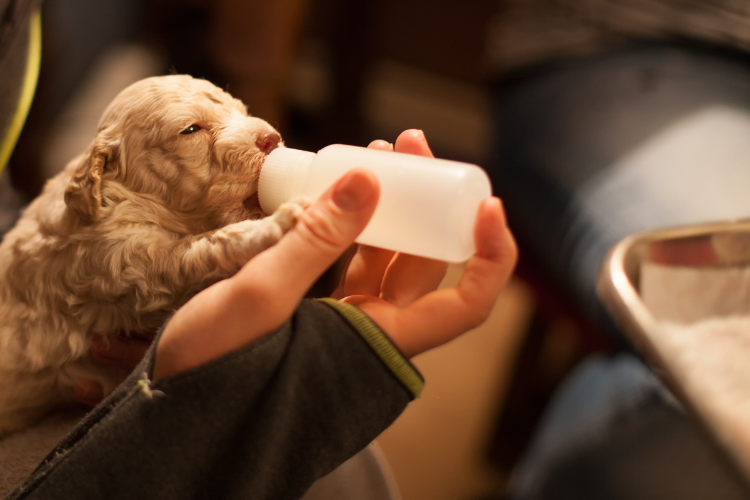
Newborn puppies need feeding every few hours, especially if the mother can’t nurse properly. As stated by the American Kennel Club, bottle-feeding puppies through the night can mean weeks of broken sleep. Even when the mother handles feeding, breeders often need to monitor temperatures, weigh puppies daily, and step in when one falls behind. The constant interruptions can leave even experienced breeders completely drained by the time puppies are weaned.
Cleaning becomes a never-ending job.

Reported by PetMD, the mess from even one litter is enough to overwhelm unprepared owners. Puppies don’t wait until training to start making messes, and cleaning involves sanitizing bedding, wiping down surfaces, and washing endless loads of laundry. The risk of infection in young puppies means everything must stay spotless, adding pressure to already long days. Many first-timers underestimate how relentless and physically demanding that workload becomes.
Not every puppy survives.
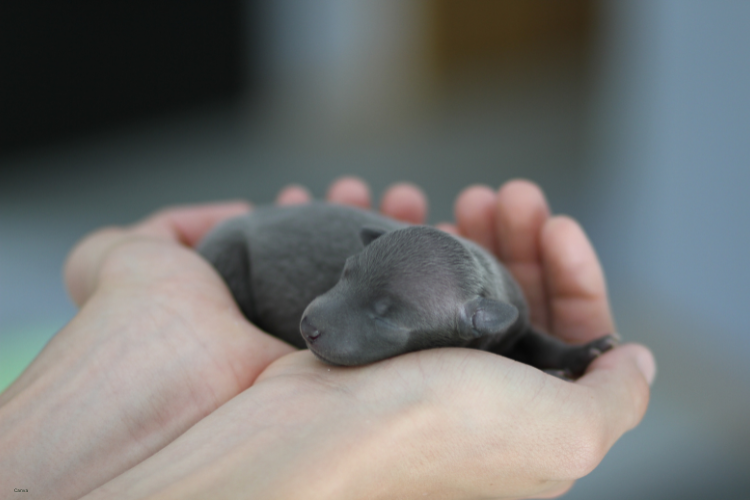
Even in healthy litters, puppy mortality happens. It’s an emotional reality breeders don’t like to talk about, but complications like fading puppy syndrome can occur with no warning. The heartbreak of losing one despite best efforts is something no book prepares you for. It’s a reminder that nature has its own plans, and even experienced breeders face unexpected losses.
Genetics can get complicated fast.

Breeding for health and temperament takes more than picking two cute dogs. Understanding hereditary conditions, genetic testing, and breed standards adds layers of complexity. One mistake can mean passing along serious health issues to future generations. It’s more science than most people expect, with entire programs dedicated to preventing common breed problems through careful planning and testing.
Socialization starts from day one.
/
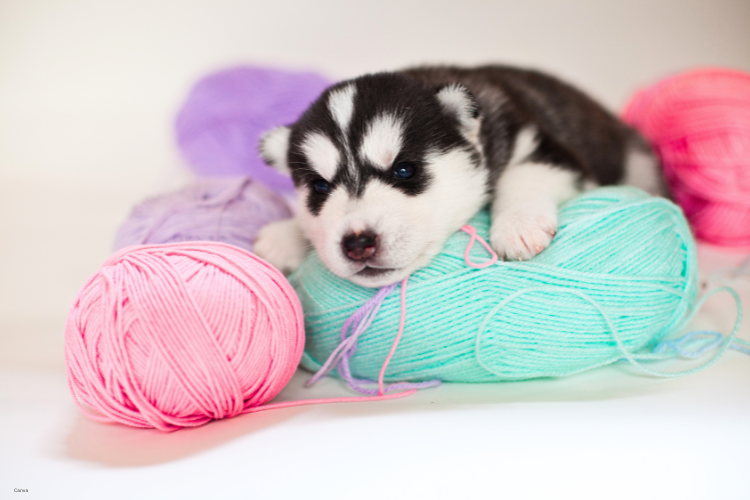
Puppies need exposure to people, sounds, and different environments almost immediately to become well-adjusted adults. That means handling them constantly, introducing new experiences, and keeping track of each puppy’s temperament. It’s time-consuming and requires patience because every puppy develops differently. Missing this step can lead to fearful or aggressive dogs, which reflects poorly on the breeder and impacts the puppies’ future homes.
Finding good homes is harder than it sounds.
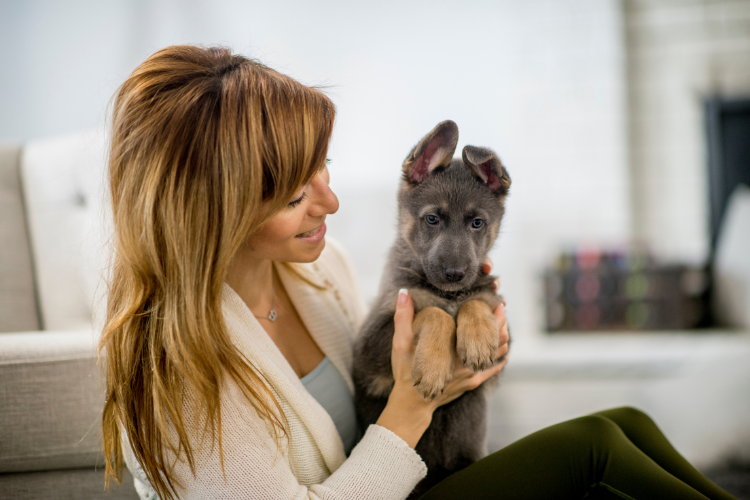
Selling puppies isn’t just listing them online and waiting for buyers. Responsible breeders spend time screening potential owners, checking references, and sometimes even turning people away. There’s also paperwork, contracts, and sometimes follow-up visits to ensure the puppy is in a safe and suitable home. That process can feel draining but is essential for protecting both the puppies and the breed’s reputation.
The financial payoff is rarely what you think.

Many assume breeding is profitable, but when you factor in medical care, food, supplies, and time, the margins are thin. Often breeders reinvest earnings into improving their program or covering unexpected emergencies. Hobby breeders, in particular, rarely make more than they spend. The motivation usually comes from love of the breed, not money, and expecting quick profit leads to frustration fast.
Emotional stress becomes part of life.
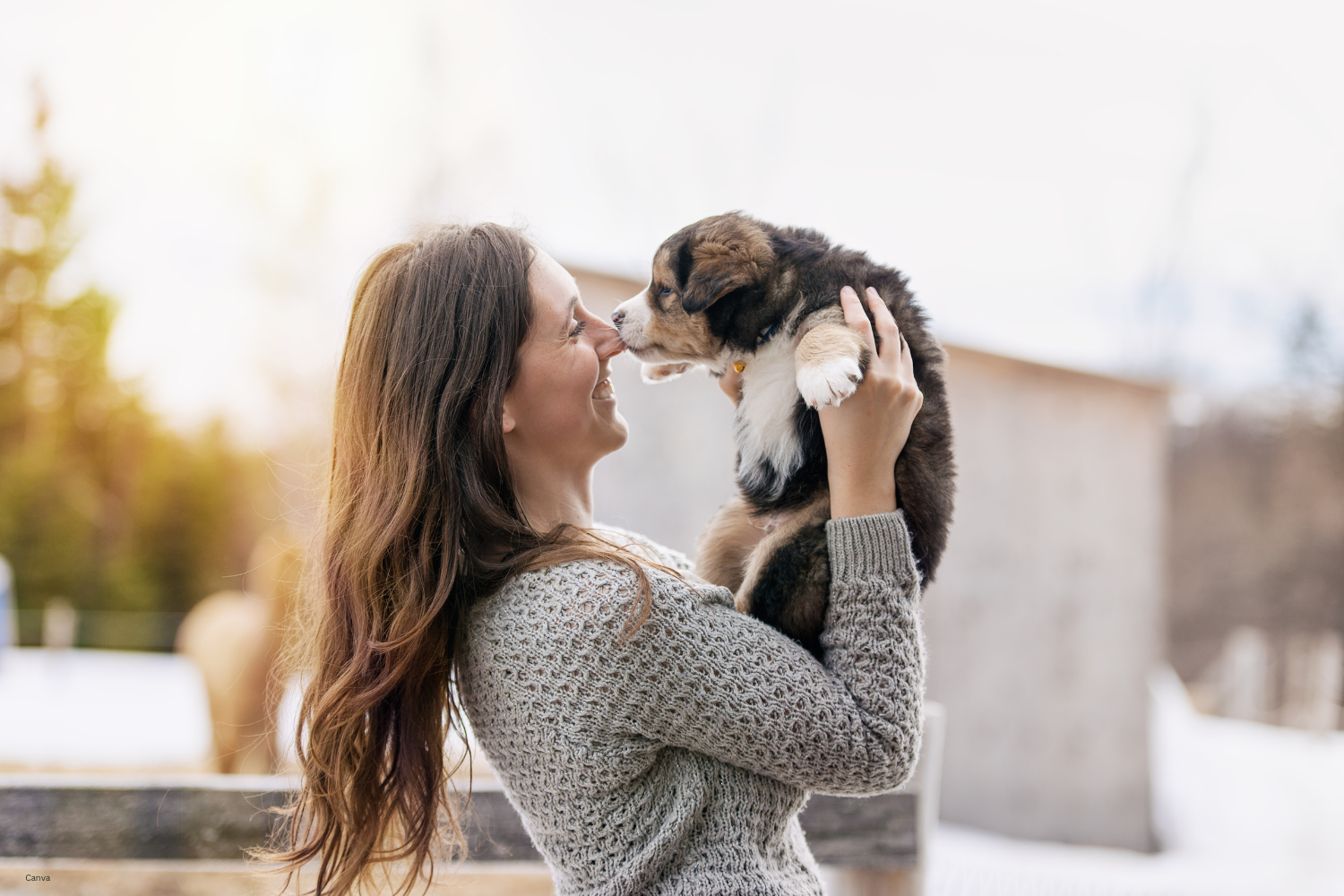
Caring for living beings on such an intense level comes with emotional ups and downs. There are moments of joy when puppies thrive and crushing stress when something goes wrong. Even choosing which puppies go to new homes can feel like heartbreak. The emotional toll can sneak up on people, leaving them mentally exhausted even when everything goes right.
You sacrifice personal time without realizing it.

Vacations, social events, and even relaxing weekends take a back seat when caring for a litter. Puppies require constant supervision, and emergencies don’t wait for a convenient time. That level of commitment often shocks people who thought it would be a side hobby. Life revolves around feeding schedules, cleaning, and endless small tasks that don’t leave much room for personal plans.
People judge every decision you make.

Breeding is controversial, and outsiders often have strong opinions about it. Friends, family, and even strangers may question your ethics, regardless of how responsible you are. That social pressure can feel heavy, especially when paired with online criticism. It takes thick skin and confidence to navigate those conversations while focusing on the well-being of the dogs.
It changes how you see dogs forever.

After raising puppies, you never look at dogs the same way again. You see genetics, potential health issues, and training needs in ways most people don’t. It makes you appreciate responsible breeding practices and gives you insight into the work behind every healthy dog you see. That perspective is valuable but also heavy because you can’t unlearn what you’ve seen behind the scenes.
